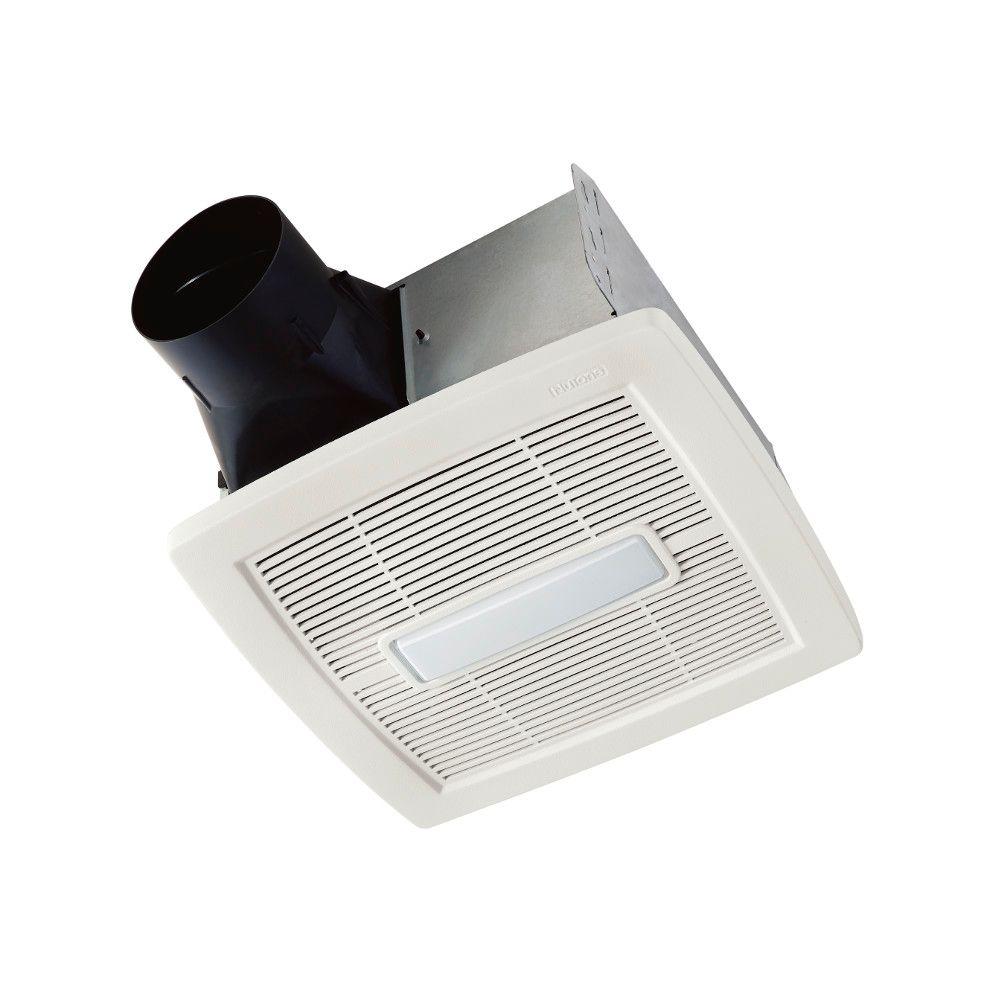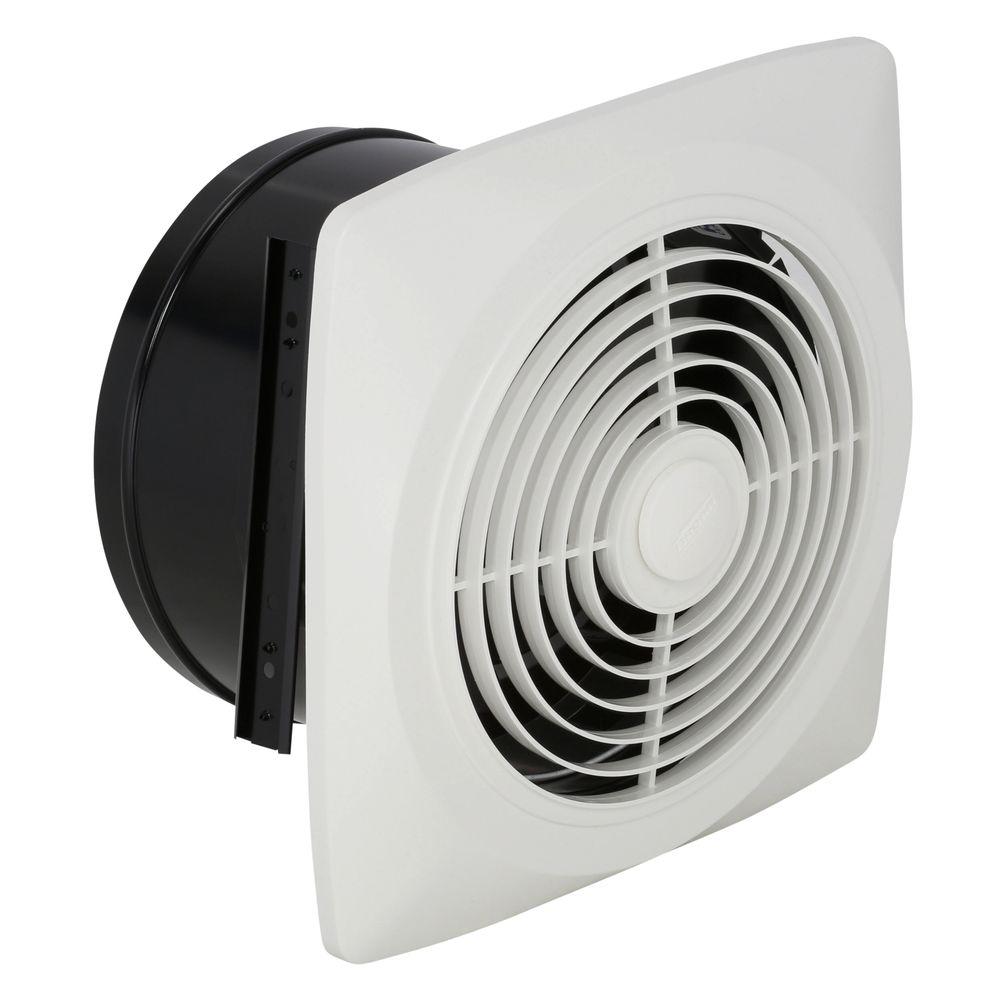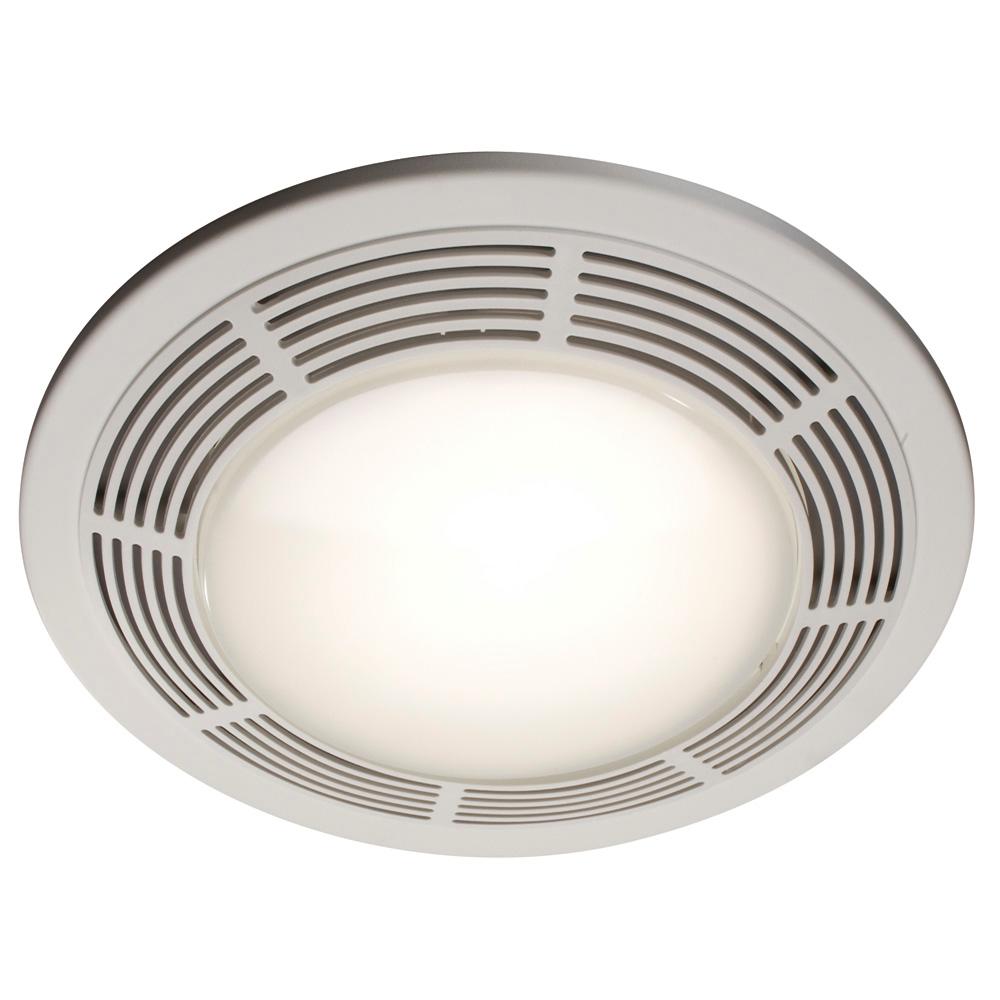

If you’re replacing a standard-sized extractor fan, this hole will already be present and you should be able to install the new one yourself. Most domestic bathroom extractors attach to a 100mm hole in the outside wall. How do you install a bathroom extractor fan? A higher-quality fan should last longer, but if you value quietness then at some point you’ll probably need to repair or replace your fan. Even the cheapest fans are usually very quiet out of the box, but as the motor bearings start to wear – typically after about two years with low-end models – the blades can start to oscillate against the main housing, producing an annoying rattle in the process. In a survey carried out by ventilation specialist Vent-Axia, 40% of respondents said that they or their children had been woken in the night by a noisy bathroom fan. This sensor may need occasional cleaning, though, or the accumulation of dust or grime will hinder its effectiveness. This automatically activates the fan when the level of moisture in the air exceeds a certain threshold. The downside to these is that windy conditions can cause the shutter to clatter against the wall if your outlet is exposed to the elements, it may be better to simply leave the shutter off.įinally, if you think you (or anyone else in the house) will forget to turn the fan on, consider a model with a humidity sensor. Most fans also come with a backdraught shutter to prevent cold air from blowing in from outside. You might as well tend towards the latter end of the scale as the cost is very low: on average, a fan like this uses around 8W. The precise duration of the overrun is normally configured during installation, with most fans offering a range between 30 seconds and 30 minutes. To ensure the room gets fully ventilated, it’s a good idea to look for a model with an overrun timer, which keeps the fan running for a set period after you’ve turned it off.īest dehumidifier 2022: Ditch the damp, mould and condensation with the top dehumidifiers for your home Most domestic extractors pull through about 21 litres of air per second, which is plenty for an average-sized bathroom or shower room.
Bathroom extractor fan how to#
How to choose the best bathroom extractor fan for you What sort of features should I look for in an extractor fan?

Bathroom extractor fan plus#
To help you, here’s our guide to choosing the perfect fan, plus our recommendations for high-quality extractors that are affordable, easy to fit and effective at drawing out stale air. So it’s suggested that you always go for a quality brand and steer clear of the very cheapest products. The main difference is that cheap units are likely to break down sooner and can be noisier. With literally hundreds of different extractor fan models on the market, however, the question is: how do you pick one? We consulted an expert builder, who explained that all extractors do the same basic job. And if you plan on letting out your property, an extractor fan is a legal requirement. As well as sucking away any unpleasant odours, it removes moisture from the air after a shower or bath, which can otherwise lead to long-term damage, especially if your bathroom doesn’t have an outside window.

A bathroom extractor fan isn’t a luxury – it’s a must.


 0 kommentar(er)
0 kommentar(er)
